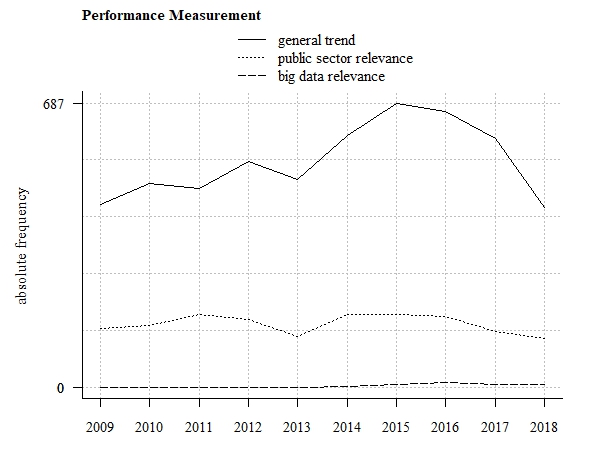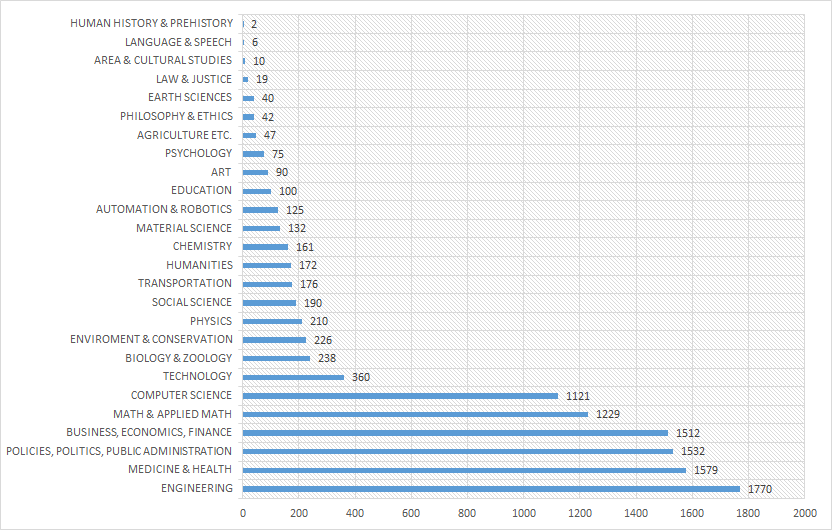Open data - Download the Knowledge base
You are free to download the data of this Knowledge base.
To do this you must be an authenticated user: log in or sign in now.
All the data are licensed as Creative Common CC-BY 4.0.
Key Performance Indicators (KPIs) are an integral component of public administrations performance measurement systems. In general, KPIs are assessment criteria that refer to the assessment dimensions Input, Process, Output, Impact and Outcome. [1]
These assessment dimensions are associated in a logic model, which refers to the production process of public services. Through an input such as personnel resources, activities can be undertaken to perform public tasks, which leads to direct outputs in form of products and services that then again can have different consequences, which are generally named as effects, impact and outcomes that distinguish between short-term, medium-term and long-term perspectives.
The three key performance indicators Economy, Effectiveness and Efficiency need to be applied to grade performance on these different assessment dimensions. [2]
KPIs cannot be established without targets. A KPI system needs to refer to respective targets that need to be discussed and finely balanced first. Further, the KPI system needs to be domain specific, which requires a domain specific target and indicator planning for every respective policy domain. [3][4]
The trend can be applied by several application fields within the policy making process, but the production of data takes place in the policy implementation process.
Another trend that is arising in that context is the Regulatory Performance Measurement. Regulations are norms adopted by government. Evaluating or measuring regulatory performance means to ask for its impact on individual behaviour, social affairs, costs, technological innovation, economic growth and several other conditions.[5]


| Agenda Setting | Policy Design and Analysis | Policy Implementation | Policy Monitoring and Evaluation | |
|---|---|---|---|---|
| Agriculture, Fisheries, Forestry & Foods | ||||
| Economy & Finance | ||||
| Education, Youth, Culture & Sport | ||||
| Employment & Social Security | ||||
| Environment & Energy | ||||
| Health | ||||
| Foreign Affairs and Defence | ||||
| Justice, Legal System & Public Safety | ||||
| Public Affairs | ||||
| Innovation, Science & Technology | ||||
| Urban Planning & Transport | ||||
| Institutional Questions / Internal Affairs |
You are free to download the data of this Knowledge base.
To do this you must be an authenticated user: log in or sign in now.
All the data are licensed as Creative Common CC-BY 4.0.